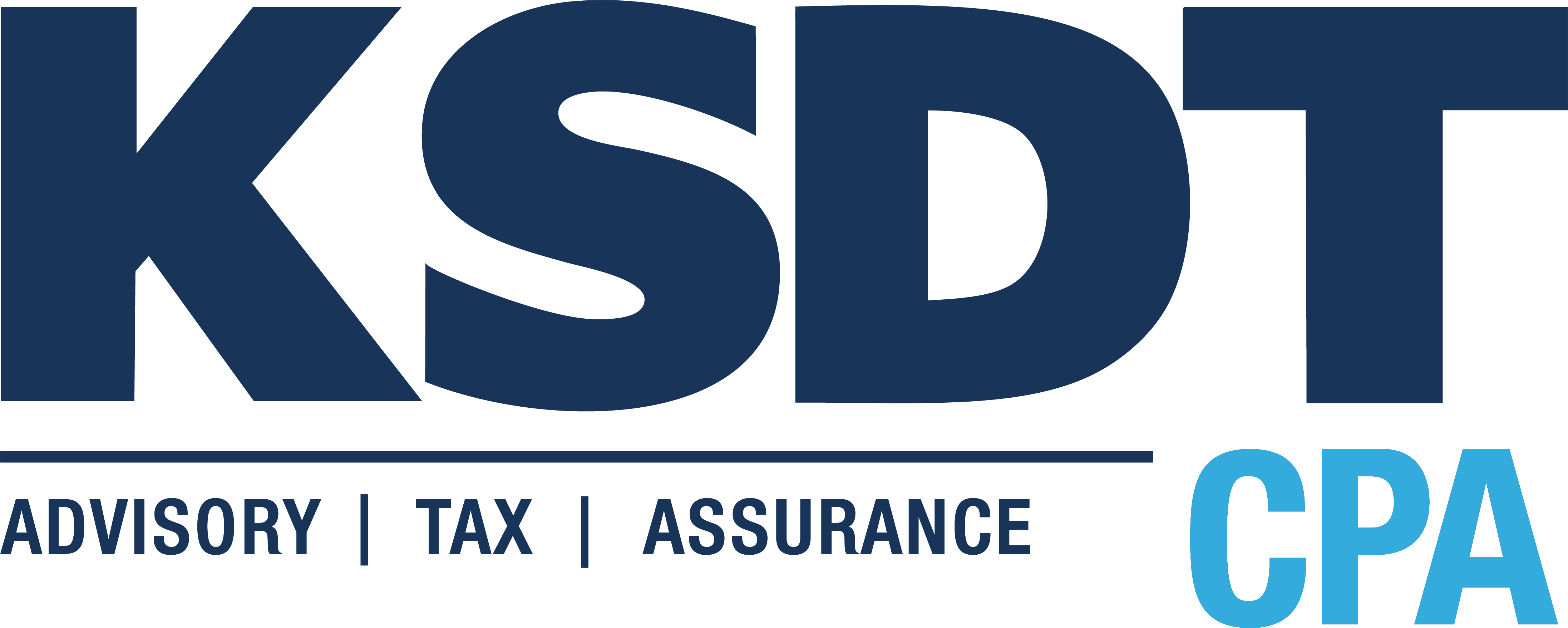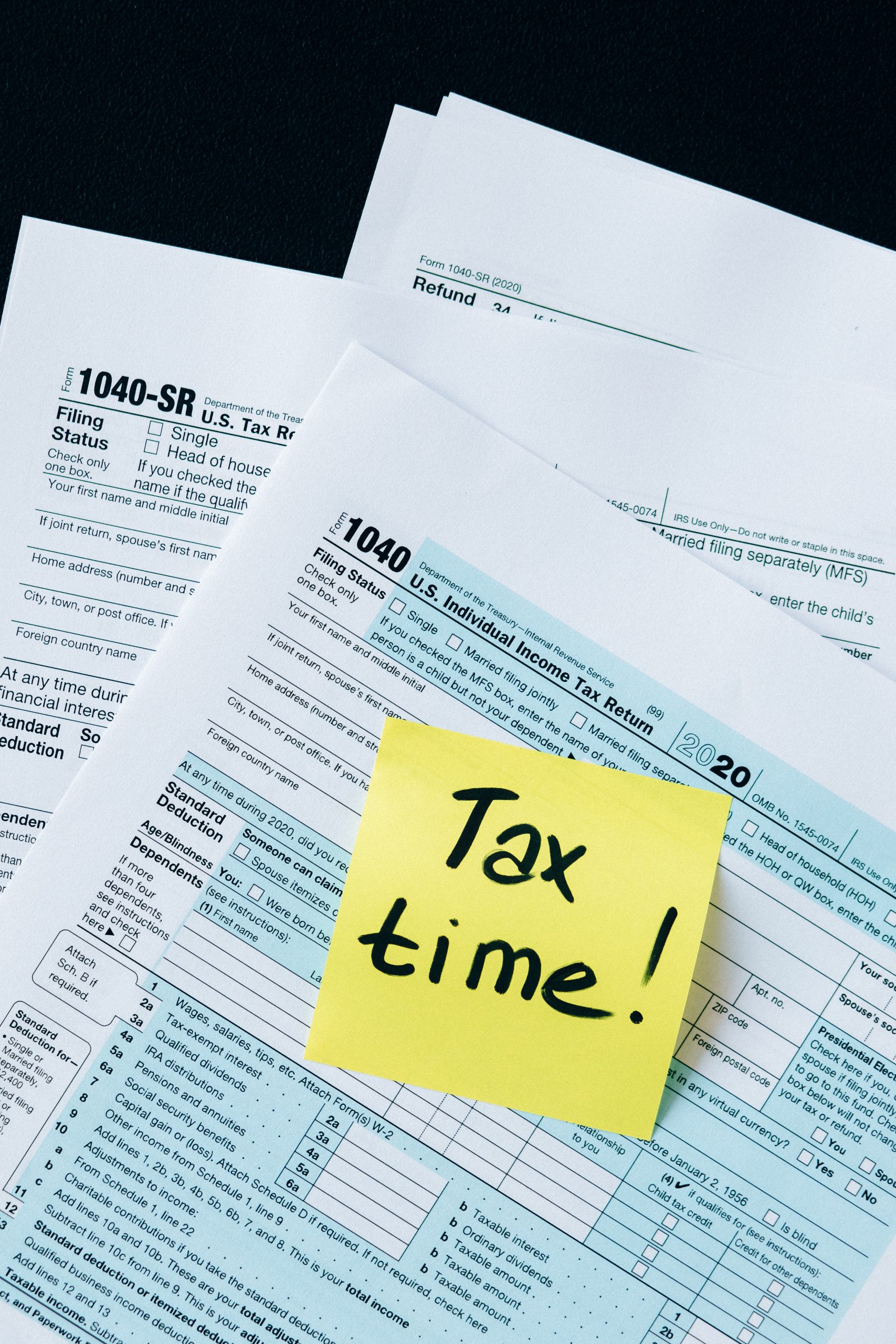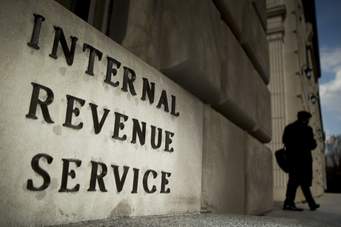Are you looking for new ideas to market your business? If so, knowledge panels might be something to consider. Most people haven’t heard of them, but they are widely used in search results every day.
Knowledge panels are an invention from Google. They are the information panels that appear on the bottom right corner of your search results when you search for certain people or brands. They are different from the business profiles provided by Google Business Profile.
Knowledge panels display information that Google has collected in its Knowledge Graph, which is one of Google’s information databases. Search for your favorite author or your Congressperson, and you will be able to see an example of a knowledge panel. Famous historical figures and extremely popular entertainers may have more of an entire page displaying all of the information about them, but there will typically also be a right column of text (you may have to scroll a bit to see it), which is the knowledge panel.
How can you use knowledge panels in your business? When your leadership or brand is represented by a knowledge panel, it brings instant credibility to your organization. It boosts reputation and helps to build trust with all stakeholders. It increases your firm’s visibility.
Who typically has a knowledge panel? If you are an author of a book that has a formal ISBN (International Standard Book Number), you will automatically get one. If you are a leader of certain organizations, you will also get one. If your brand is well-known, it will have a knowledge panel.
You can’t create a knowledge panel, but you can claim it once it appears. Google determines who receives a knowledge panel. But you can “lobby” for one, and there are marketers you can hire to help you execute the steps it takes to get one. The main thing is to be active and visible online.
If you already have a knowledge panel, there are procedures documented on Google Help that you can follow to claim it. You can also make edit suggestions and submit them to Google. You can’t directly edit your knowledge panel; Google has final control over what is displayed.
Hopefully, you are now more aware of knowledge panels and how they can help your business become more visible.





